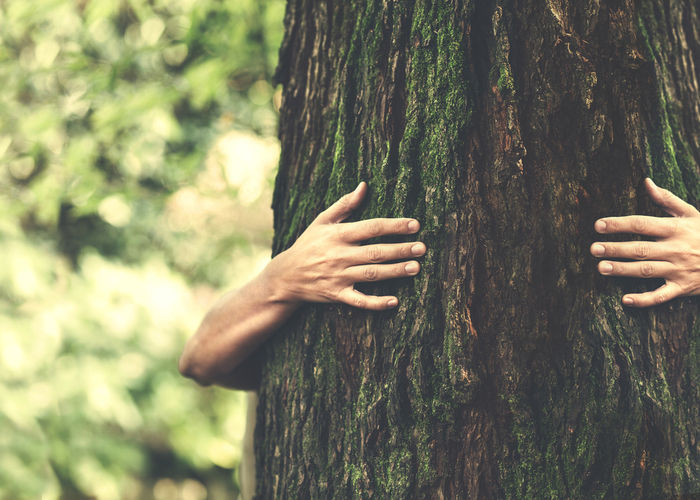Frozen Fortitude: How Quebec’s Wildlife Survives the Harsh Winters
- Natasha Dudek
- Dec 26, 2024
- 3 min read

Winter in Quebec transforms the landscape into a snowy wonderland, but for wildlife, it’s a season of challenges. Freezing temperatures, scarce food, and deep snow demand incredible adaptations. From the forests to the rivers, many species have developed unique strategies to endure, and sometimes even flourish, during the unforgiving winter months. Here’s a closer look at the strategies used by some of Quebec’s animals to navigate this demanding season.
1. Hibernation: Conserving Energy by Going Dormant
Some animals enter a state of hibernation or torpor (light hibernation), significantly reducing their metabolic rate, body temperature, and activity to conserve energy.
Examples:
Black Bears: Hibernate in dens and rely on fat reserves.
Little Brown Bats: Hibernate in caves or abandoned mines, slowing their heart rate to just a few beats per minute.
2. Migration: Escaping Harsh Conditions
Migration allows animals to avoid the cold altogether by moving to warmer areas with more abundant food sources.
Examples:
Canada Geese: Migrate south to the United States or even Mexico.
Monarch Butterflies: Travel thousands of kilometers to overwinter in Mexico.
Snow Buntings: Move from the Arctic tundra to southern Canada or the northern United States.
3. Insulation: Staying Warm with Fur, Feathers, or Fat
Many animals develop thick coats or fat layers to insulate against the cold.
Examples:
Arctic Foxes: Grow a dense winter coat that changes to white for camouflage.
Moose: Rely on hollow hairs in their fur for insulation.
Beavers: Use their thick fur and a layer of body fat to stay warm inside their lodges.
4. Food Storage: Preparing for Scarcity
Some animals stockpile food during the fall to ensure they have enough to eat throughout winter.
Examples:
Gray Squirrels: Scatter-hoard nuts and seeds, burying them in multiple locations.
Beavers: Build underwater food caches of branches and twigs near their lodges.
Chickadees: Hide seeds and insects in bark crevices for retrieval during lean times.
5. Freezing Tolerance: Surviving by Freezing Partially
Certain species can survive having parts of their bodies freeze, using natural antifreeze compounds to prevent cellular damage.
Examples:
Wood Frogs: Freeze almost completely, with ice forming in their body cavities and tissues.
Painted Turtles: Hibernate in mud and survive without oxygen through cloacal respiration.
Boreal Chorus Frogs: Use glucose to prevent ice from forming inside cells.
7. Hunting Adaptations: Staying Active and Efficient
Predators remain active in winter, adapting their hunting strategies to the conditions.
Examples:
Red Foxes: Use acute hearing to detect prey under the snow and dive headfirst to catch it.
Snowy Owls: Hunt small mammals in open fields, relying on their keen eyesight and silent flight.
Wolves: Hunt in packs to take down larger prey like deer, often traveling long distances to find food.
8. Camouflage and Color Changes
Some animals change their appearance to blend into the snowy landscape and avoid predators or improve hunting success.
Examples:
Snowshoe Hares: Their fur turns white in winter for camouflage.
Ptarmigans: Replace their brown summer plumage with white feathers in winter.
Ermines (Short-Tailed Weasels): Their coats turn white, with only the tip of their tails staying black.
9. Shelter and Nesting: Staying Safe and Warm
Animals seek or create shelters that protect them from the elements.
Examples:
Beavers: Build lodges with underwater entrances to stay warm and safe.
Squirrels: Create leafy nests (dreys) or use tree cavities for insulation.
Snowy Grouse: Dive into snowbanks to create insulating shelters called snow burrows.
10. Relying on Group Living: Let’s be Friends
Some animals stay in groups to share warmth and increase their chances of survival.
Examples:
Huddling Bats: Cluster together in large colonies during hibernation for warmth.
Canada Geese: Form flocks that help them navigate and conserve energy during migration.
Deer: Gather in "deer yards," where they shelter in coniferous forests and share trails.
As winter envelops Quebec, the region's wildlife demonstrates incredible resilience and adaptability. From hibernation and torpor to migration and insulation, these survival strategies highlight the remarkable ways animals endure the harsh conditions.



